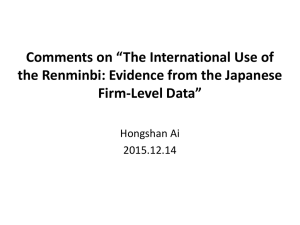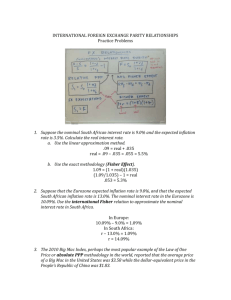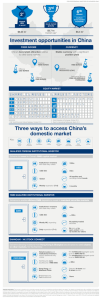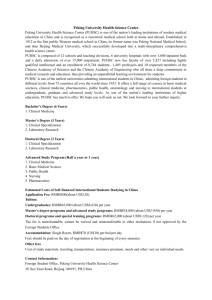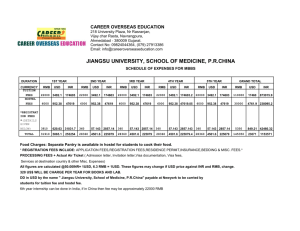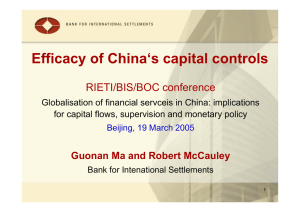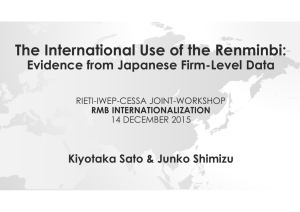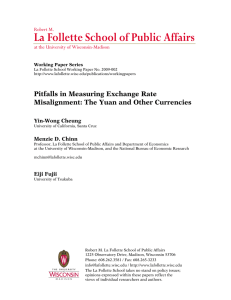Proceedings of World Business Research Conference
advertisement
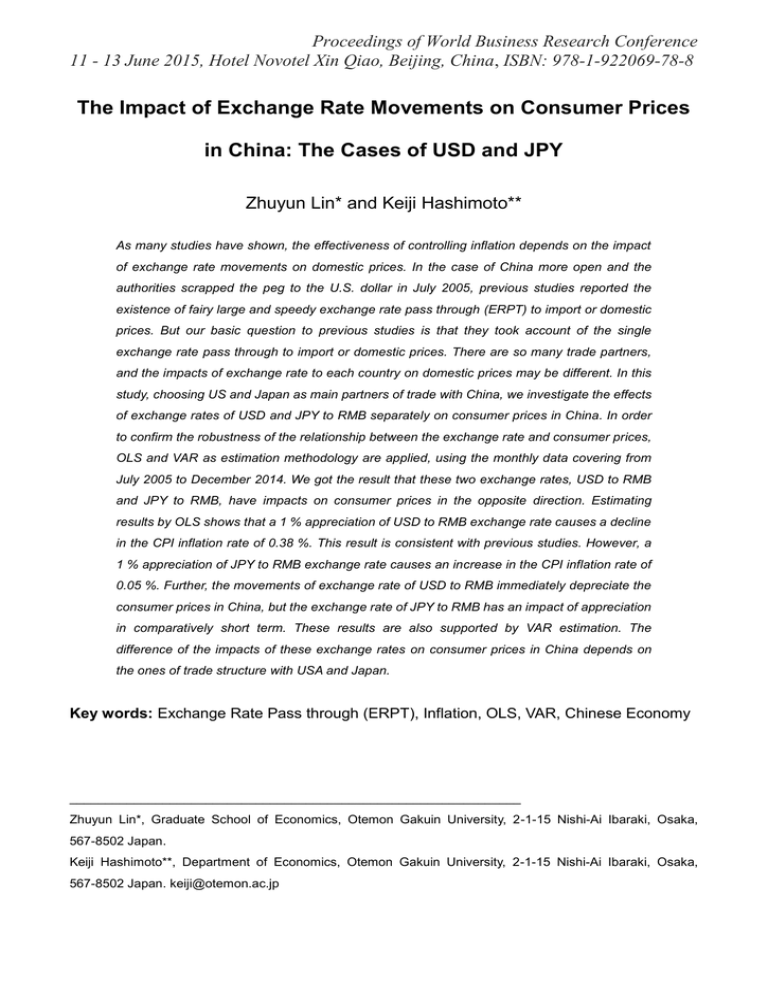
Proceedings of World Business Research Conference 11 - 13 June 2015, Hotel Novotel Xin Qiao, Beijing, China, ISBN: 978-1-922069-78-8 The Impact of Exchange Rate Movements on Consumer Prices in China: The Cases of USD and JPY Zhuyun Lin* and Keiji Hashimoto** As many studies have shown, the effectiveness of controlling inflation depends on the impact of exchange rate movements on domestic prices. In the case of China more open and the authorities scrapped the peg to the U.S. dollar in July 2005, previous studies reported the existence of fairy large and speedy exchange rate pass through (ERPT) to import or domestic prices. But our basic question to previous studies is that they took account of the single exchange rate pass through to import or domestic prices. There are so many trade partners, and the impacts of exchange rate to each country on domestic prices may be different. In this study, choosing US and Japan as main partners of trade with China, we investigate the effects of exchange rates of USD and JPY to RMB separately on consumer prices in China. In order to confirm the robustness of the relationship between the exchange rate and consumer prices, OLS and VAR as estimation methodology are applied, using the monthly data covering from July 2005 to December 2014. We got the result that these two exchange rates, USD to RMB and JPY to RMB, have impacts on consumer prices in the opposite direction. Estimating results by OLS shows that a 1 % appreciation of USD to RMB exchange rate causes a decline in the CPI inflation rate of 0.38 %. This result is consistent with previous studies. However, a 1 % appreciation of JPY to RMB exchange rate causes an increase in the CPI inflation rate of 0.05 %. Further, the movements of exchange rate of USD to RMB immediately depreciate the consumer prices in China, but the exchange rate of JPY to RMB has an impact of appreciation in comparatively short term. These results are also supported by VAR estimation. The difference of the impacts of these exchange rates on consumer prices in China depends on the ones of trade structure with USA and Japan. Key words: Exchange Rate Pass through (ERPT), Inflation, OLS, VAR, Chinese Economy _______________________________________________________________ Zhuyun Lin*, Graduate School of Economics, Otemon Gakuin University, 2-1-15 Nishi-Ai Ibaraki, Osaka, 567-8502 Japan. Keiji Hashimoto**, Department of Economics, Otemon Gakuin University, 2-1-15 Nishi-Ai Ibaraki, Osaka, 567-8502 Japan. keiji@otemon.ac.jp
